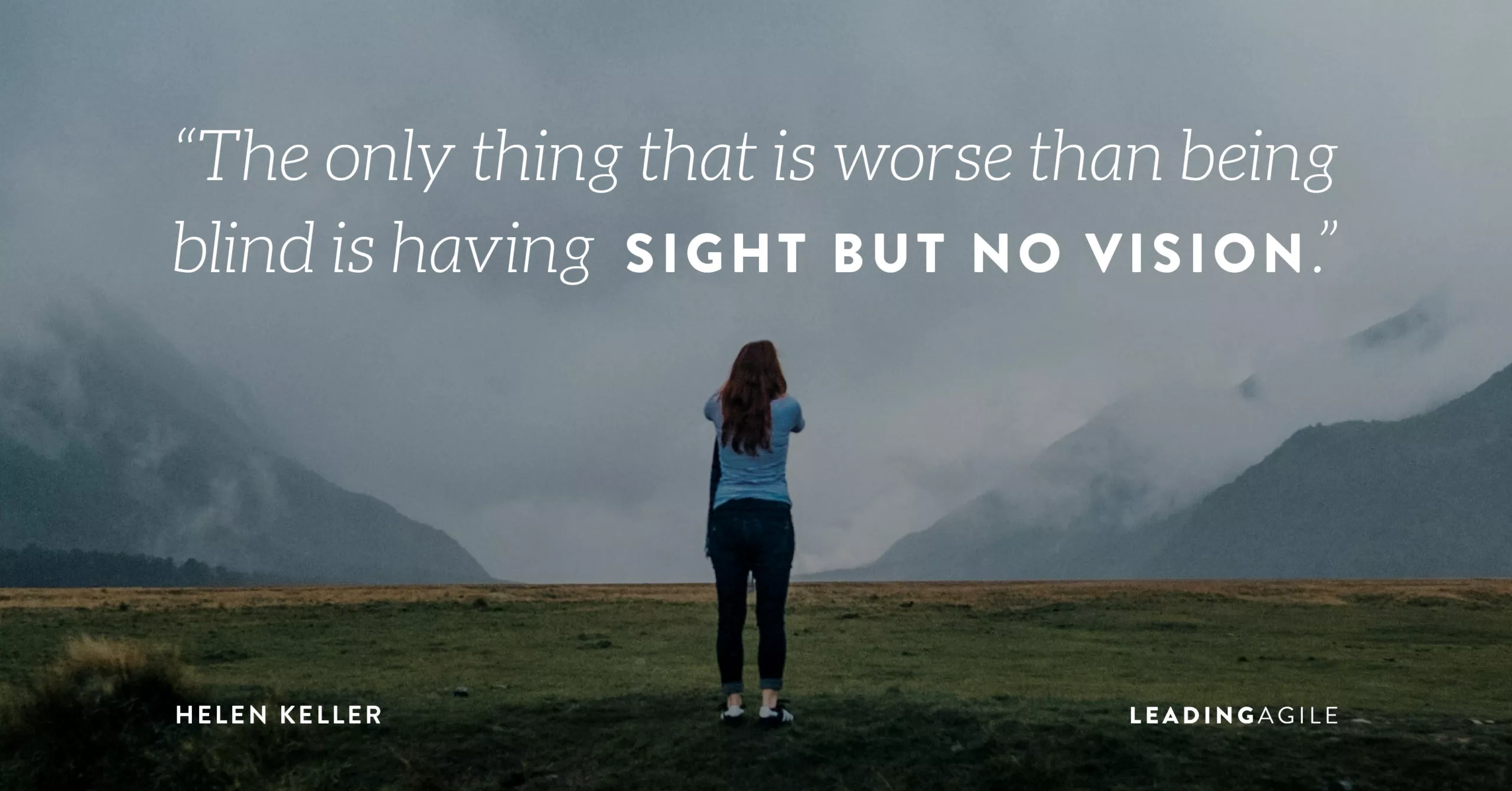Seeing Your Vision
Last month was Women’s History Month—a reminder to focus our attention on the many achievements women have made over the course of American history.
My three-year-old granddaughter has a number of favorite books that she likes me to read to her. One is a story about Helen Keller. Most of us know the chronicle of Helen Keller’s life or at least we are familiar with the impact she made advocating for the blind as well as her many other humanitarian efforts.
Helen Keller was born in Alabama in 1880. Just months before her second birthday, a serious illness left her deaf and blind. Her parents applied to the Perkins Institute for the Blind in Boston for a teacher, Anne Mansfield Sullivan. Through Sullivan’s extraordinary instruction, Helen Keller learned to understand and communicate with the world around her.
She went on to graduate Cum Laude from Radcliffe College and became the first person with deafblindness to earn a Bachelor of Arts degree. Later, Helen Keller was the first woman to be awarded an honorary degree from Harvard University. In 1964, President Lyndon B. Johnson conferred Helen Keller with the Presidential Medal of Freedom, our highest civilian award.
After Helen Keller’s death, Senator Lister Hill of Alabama spoke at her public memorial service and is quoted as saying; “She will live on, one of the few, the immortal names not born to die. Her spirit will endure as long as man can read, and stories can be told of the woman who showed the world there are no boundaries to courage and faith.”
Helen Keller never let her physical constraints define her vision. She is referenced as saying, “The only thing that is worse than being blind is having sight but no vision.” For Helen Keller, having a vision was much more important than the physical ability to see.
Sight vs. Vision
Helen Keller knew that sight is the ability to see things in the moment. But vision is the ability to see things as they could be, should be, or as you would like them to be. Unlike sight, vision is not confined to your current view but allows you to see beyond the present to a desired future state.
She recognized that vision describes a more dynamic and interactive series of actions or events to achieve a particular result. Essentially vision is a whole information processing system that can be a pathway to specific intended outcomes.
In the corporate world, a statement of the vision is something that is expected along with a defined mission. The mission statement describes a corporation’s reason for being, along with what it does, who it does it for, and sometimes how it does it. For the most part, it is focused on what the corporation is in the now.
A corporate vision states a higher purpose, the ultimate goals, and points toward a course of actions along which something can be achieved. It provides a compass to navigate a journey over time towards what the corporation could be.
Mission and vision statements are both useful to help get a group of individuals synced up and working towards a common goal. Mission defines the current purpose. While vision is about the future and the inspirational aspirations, defining desires and intentions.
Vision and Potential
Sometimes vision comes more naturally when we are less content with our present circumstances. Ultimately vision provides a sense of meaning, an impetus, and direction for the business. When a vision is well defined it creates an environment where individuals feel part of a greater whole.
Most people are more productive and engaged when they sense the clear path and the guardrails that a vision can help provide. A well-constructed vision sets a standard of excellence and expectations for performance. When measured against, it forces your business to innovate, continuously improve, and be accountable to progress.
Not everyone is in a position to cast a vision, but all of us need to be able to understand it, articulate it, reinforce it, support it, and measure against it. All while reminding those around us of the purpose of our efforts, the value in what we do, and what we are working together to accomplish.
Although we want to hold to a high-level vision and define what success means. Pragmatically, we expect the plan, the roadmap to get there, to adapt to emerging environments and opportunities. The vision journey will require progressive elaboration through a change management process or enterprise transformation playbook. Your organizational structures, decision-making frameworks, governance, and metrics will all need to be evaluated to ensure alignment and coherence with the vision.
Helen Keller persevered with remarkable strength to give meaning and purpose to her life. Impacting and empowering others in ways she could never imagine.
Curating a vision releases our potential and forces our resolve to do the same. There are well-understood organizational design patterns and business architectures to orchestrate the manner in which work gets done to support a vision. You can learn more about how to set, hold, and build the systems and processes to enable your vision here.


